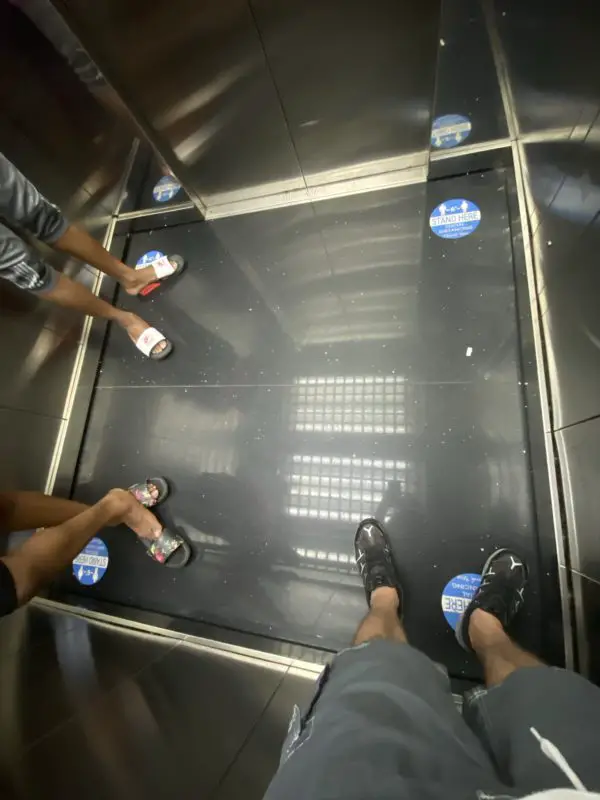
You ever notice how no one teaches you how to behave in an elevator—and yet, somehow, we all seem to know exactly what to do?
I don’t mean the part where you awkwardly jab the “door close” button like it’s going to actually work. I mean what happens once you’re inside. Where do you stand? If you’re like most people, you head straight to one of the four corners. It’s not a rule written anywhere. No poster tells you to do it. And yet—there you are, politely occupying your invisible square.
It’s like a silent social dance. One person in the back right, another in the front left, a third in the back left. The fourth person comes in and hesitates. “Do I break the triangle?” they wonder, before giving in and claiming the last empty corner. The fifth person walks in and—well, that’s when it gets real weird. Everyone suddenly remembers they have a phone to stare at. Or maybe the floor numbers. Or the ceiling. Anything but eye contact.
Now, here’s the kicker: we’ve been doing this for a long, long time. Like, pre-internet long. Turns out, back in 1983, a group of researchers actually studied elevator behavior and wrote about it in a very official-sounding paper titled Civil Inattention Exists—in Elevators (link to study).
Yes, someone made elevator etiquette academic. And I’m glad they did.
The gist? People instinctively avoid eye contact and maintain personal space in tight quarters—what sociologist Erving Goffman called “civil inattention.” Basically, we’re acknowledging each other’s presence without engaging, kind of like nodding to a stranger without opening a full conversation. In an elevator, that means keeping your distance, respecting the unspoken rules, and above all—don’t talk unless you know the person or are in a musical.
Fast-forward a few decades, and enter stage left: the COVID-19 pandemic. Suddenly, elevator etiquette got codified with stickers on the floor. Little round decals in each corner, kindly reminding you to stand exactly where you were probably going to stand anyway. It’s like science finally caught up to instinct, then laminated it.
But here’s the delightful twist. Those pandemic-era stickers? They’re not just about health. They’re visual confirmations of what we’ve always done. As if the world said, “You know that thing you do because it makes sense? Yeah, keep doing that. Now with government approval.”
And it’s not just about tradition or psychology. There’s even a tech twist. In another study out of Latvia (I know, stay with me), researchers used sensors and smart elevators to track where people stood and how they moved. Spoiler alert: corners still win. Even robots can’t out-analyze the human need for space.
What does this tell us? That human behavior is surprisingly consistent. That even when new rules are added, we often align with them because we already knew them deep down. And maybe—just maybe—we’re all a little more polite than we give ourselves credit for.
So next time you ride an elevator, look down (casually), nod at the sticker (or the invisible social contract), and take your rightful place in the corner. It’s not just etiquette. It’s a tradition, a dance, and apparently, the subject of peer-reviewed science.
And if you’re the fifth person in a four-corner elevator? Good luck. Maybe just wait for the next one.
